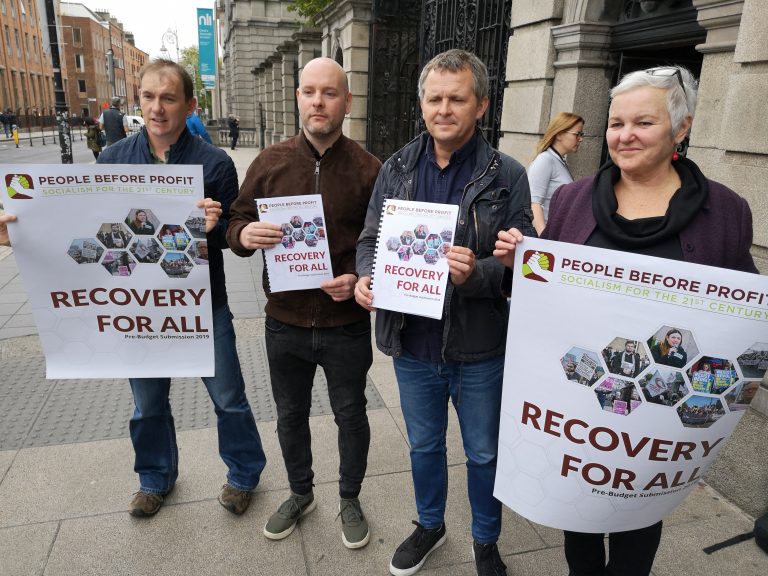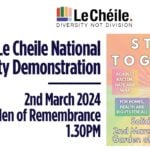A Society for the Many lays out our vision for Irish society, along with a roadmap that would start to achieve it. We are nearly at the centenary of a Republic that promised to cherish all of its citizens equally but has failed repeatedly to live up to this promise. Policy making in the Irish state has instead been geared towards a corporate and political elite who monopolize resources for themselves. They have also debased the public discourse through a series of dogmas that blame poverty on the poor, inequality on the marginalized and climate change on consumers. None of this stands up to scrutiny, however. The failings of Irish society rest squarely on the shoulders of the privileged and the powerful. Poverty, inequality, corruption and oppression are the necessary outcomes of a capitalist economy that funnels resources to the top of society and stigma towards those who lose out.
People Before Profit was set up to fight for a more enlightened society –one that cherishes the hopes and aspirations of everyone who lives here and creates policies that give people the best opportunity to realise their talents.
This document challenges the orthodoxy of the neoliberals in Fine Gael and Fianna Fail by showing the real opportunities we have to make life better for the clear majority. But it also challenges the orthodoxy of the Social Democrats, Labour and the Greens who rest their vision for a better society on tweaking capitalism at the edges.
Instead of this, we put our faith in people power movements such as those witnessed around water charges, marriage equality and women’s rights to their bodily autonomy. This is because the most significant social change has always come from people becoming aware of their interests and fighting for them collectively. A Society for the Many asks its readers to expect more from policy makers in the coming century through a combination of people power and progressive ideas. We hope you will join with us in fighting to make this vision a reality in the coming months and years.












